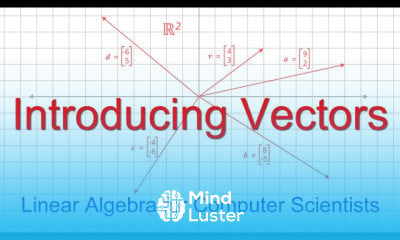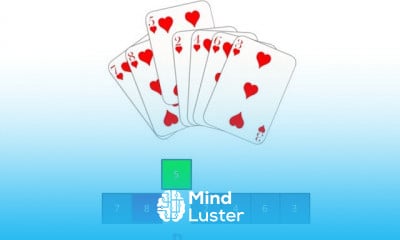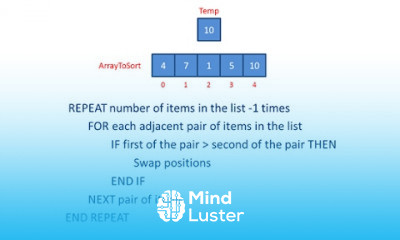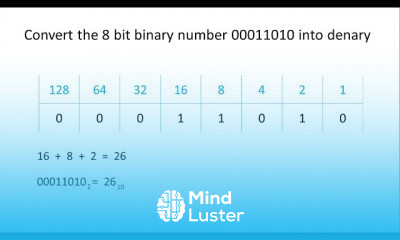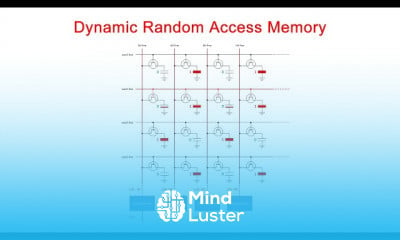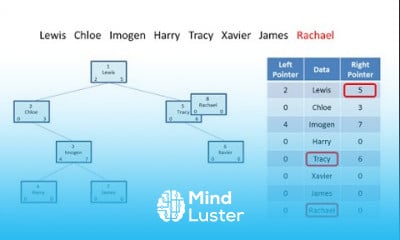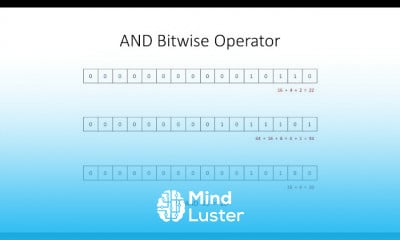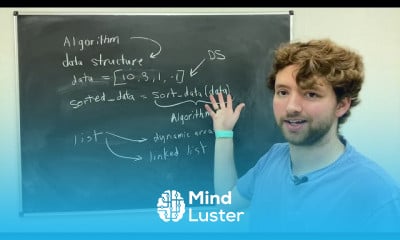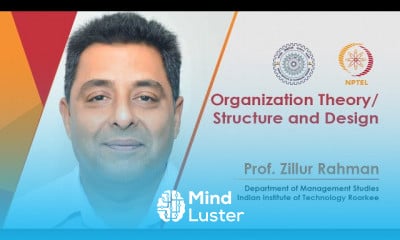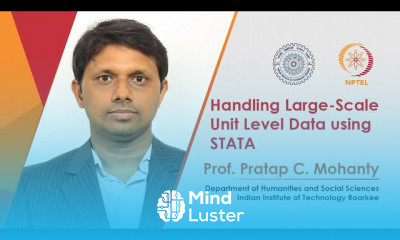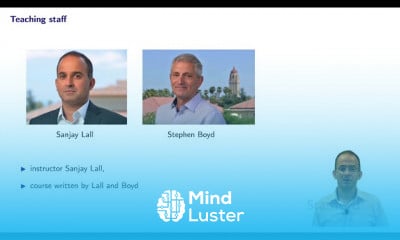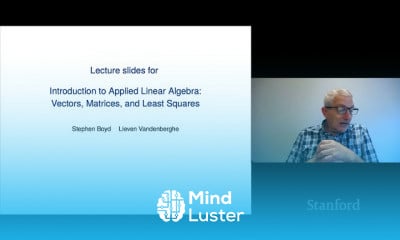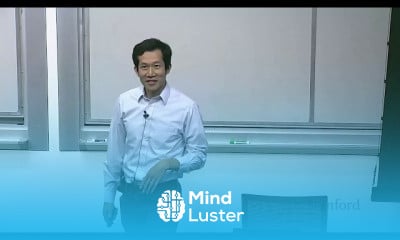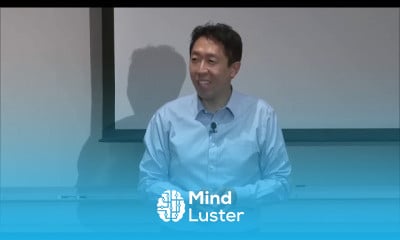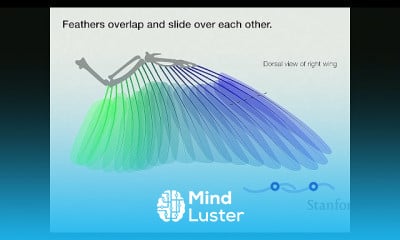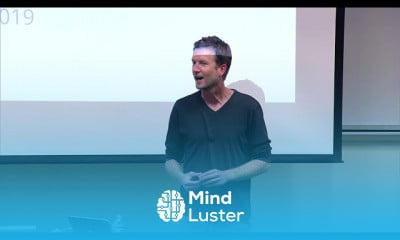Stanford CS234 Reinforcement Learning | Winter 2019 | Lecture 7 Imitation Learning
Share your inquiries now with community members
Click Here
Sign up Now
Lessons List | 15
Lesson
Comments
Related Courses in Computer Science
Course Description
Reinforcement learning (RL) is an area of machine learning concerned with how intelligent agents ought to take actions in an environment in order to maximize the notion of cumulative reward. Reinforcement learning is one of three basic machine learning paradigms, alongside supervised learning and unsupervised learning.What is reinforcement learning examples?
Summary: Reinforcement Learning is a Machine Learning method. ... Agent, State, Reward, Environment, Value function Model of the environment, Model based methods, are some important terms using in RL learning method. The example of reinforcement learning is your cat is an agent that is exposed to the environment.What is reinforcement learning theory?
The reinforcement learning theory is based on Markov decision processes, in which a combination of an action and a particular state of the environment entirely determines the probability of getting a particular amount of reward as well as how the state will change.What is reinforcement learning in simple words?
Reinforcement learning is an area of Machine Learning. It is about taking suitable action to maximize reward in a particular situation. It is employed by various software and machines to find the best possible behavior or path it should take in a specific situation.How does reinforced learning work?
Reinforcement learning is the process of running the agent through sequences of state-action pairs, observing the rewards that result, and adapting the predictions of the Q function to those rewards until it accurately predicts the best path for the agent to take. That prediction is known as a policy.
Trends
Speak english fluently with confidence
MS Excel
Building a chatbot with Python
Microsoft Word
Generative AI tools for 2024
Creating YouTube videos for beginners
Learning English Speaking
Build E Commerce website using HTML
Python programming fundamentals A Z
Content marketing for beginners
Excel Course Basic to Advanced
Python programming language
Marketing basics for beginners
Daily conversational English
Phrasal Verbs in daily conversations
Infection Control
Tools and toolbar in Photoshop for beginners
Algorithm development in C programming
Basic Computer Skills
ChatGPT high level
Recent
Arabic numbers for beginners
Rating arabic handwriting techniques
Form verbal sentences in arabic
Arabic sentence structure for beginners
Phrasal Verbs in daily conversations
Speak english fluently with confidence
Rules for plural forms of irregular nouns
English slang dictionary for fluency
English idioms for everyday conversations
Native english vocabulary for fluency
Teach reading with Phonics for beginners
English speaking confidence techniques
Business english communication skills
American english conversation for beginners
Advanced english listening and vocabulary
English prepositions for beginners
Improve english Pronunciation for beginners
PGP in data science and engineering
Building a chatbot with Python
Python programming fundamentals A Z



